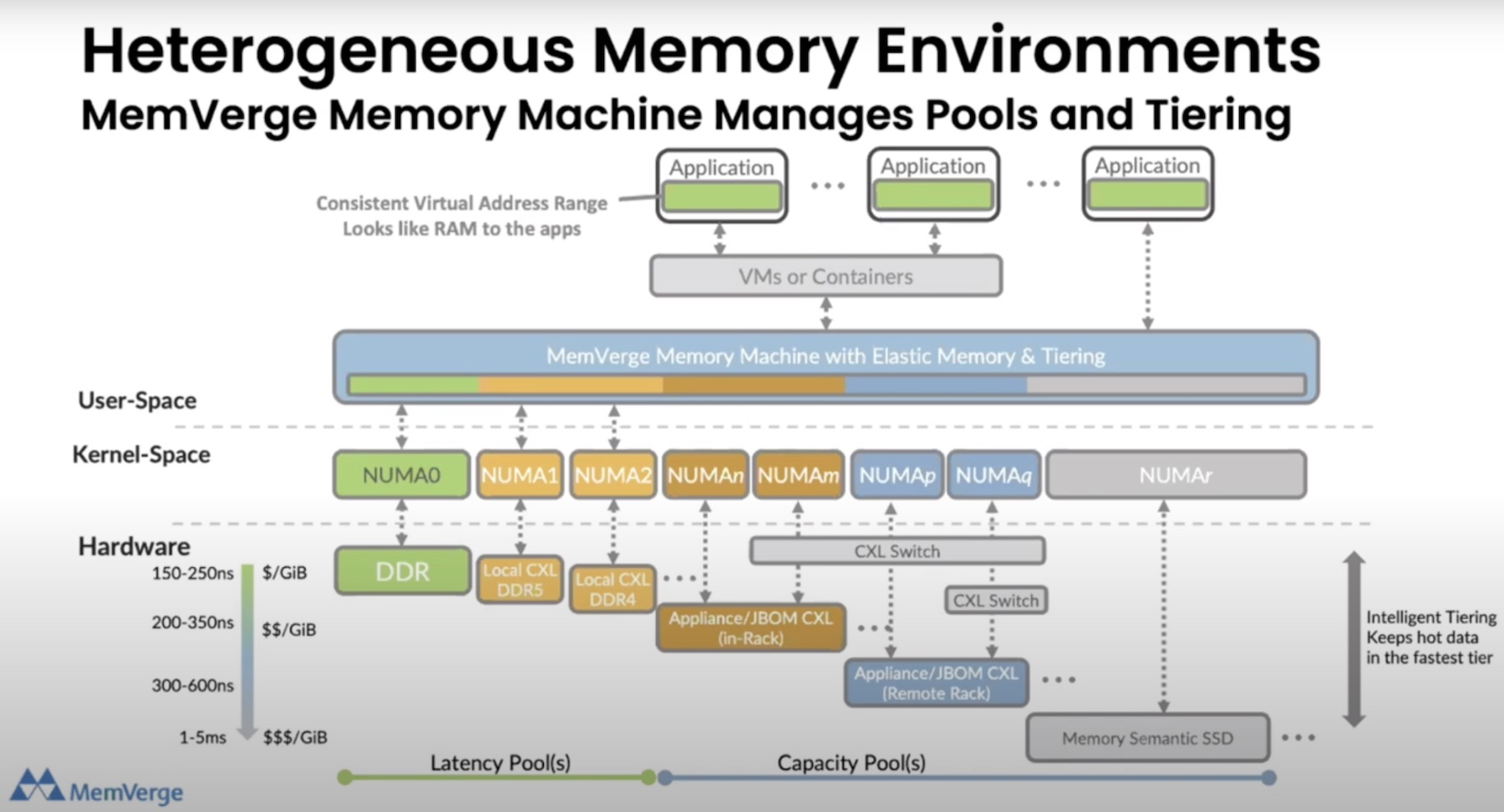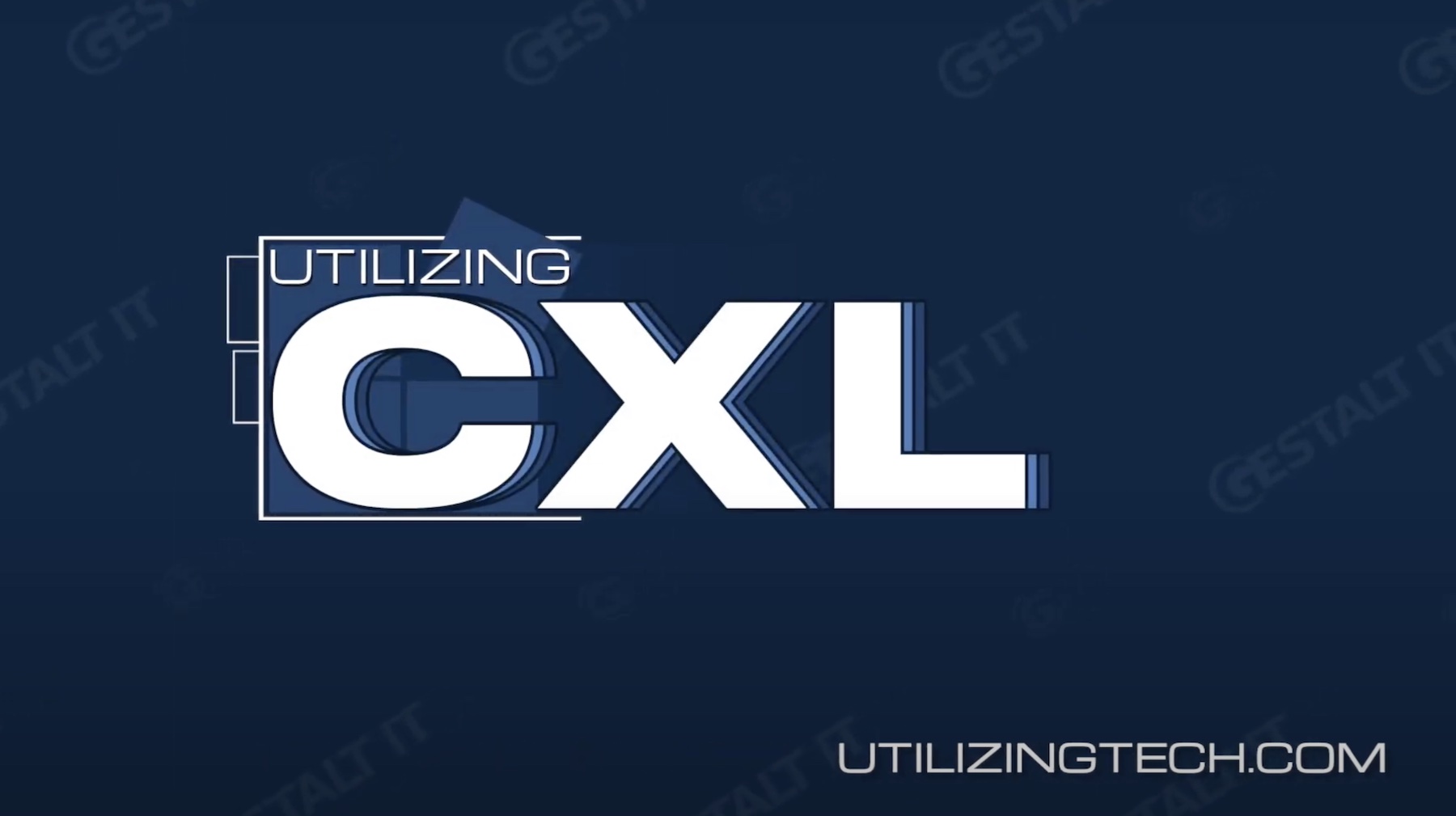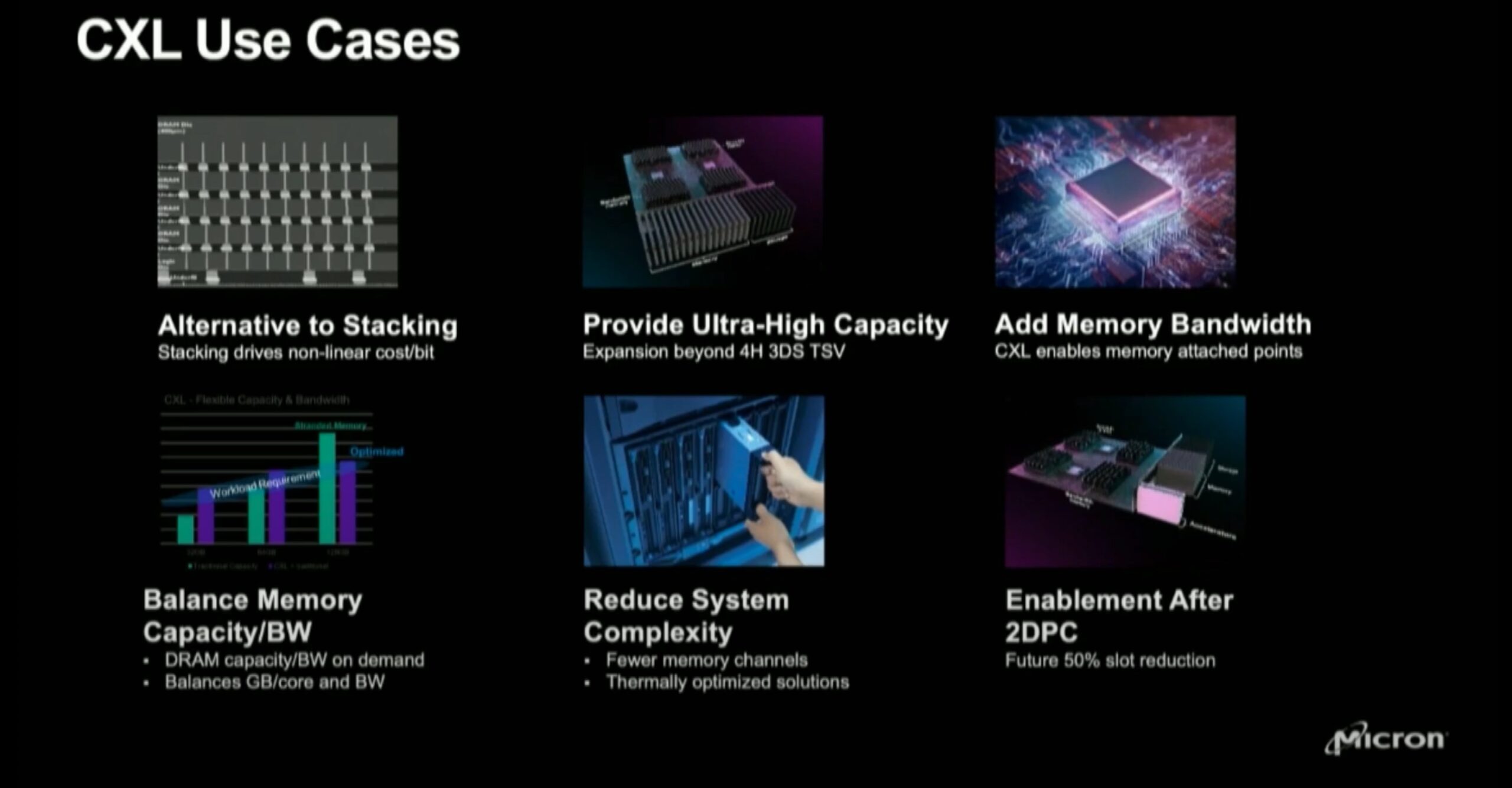Compute Express Link, popularly known as CXL, is poised to change the way we do computing. The CXL interconnect is leading datacenters away from the classic server computing architecture, with one that supports pooling, expansion and sharing of memory, laying the groundwork for some of the world’s most cutting-edge workloads with true composability.
At the recent Tech Field Day event, MemVerge brought CXL to the audience. MemVerge is one of the frontline companies paving the way for implementation of CXL. During the event, Sr. Software Architect and Product Manager, Steve Scargall showcased two core CXL products – MemVerge MemoryViewer and Memory Machine, that MemVerge has brought to the market to enable software adoption of CXL.
An Unexpected Problem
One of the great things about CXL is that applications do not require code changes to consume CXL memory. It behaves like standard memory, and can be used as is. Users can provision CXL two ways, user-managed where the user allocates memory independent of the DRAM, and Kernel-managed, where the Linux kernel manages the allocation.
Although neither has any bearing on the application, the heterogenous nature of the memory environment can affect its performance. In such an environment, NUMA nodes mapped to the applications can have widely different latency or bandwidth characteristics, based on the type of memory they are using, or the physical distance between hardware. The varying memory characteristics of the nodes can pose a problem for unmodified applications and VMs that are not equipped to handle this diversity.
MemoryViewer
MemVerge’s innovation is around enabling applications to choose the best NUMA nodes based on the workloads. At the Tech Field Day event, Mr. Scargall showcased two solutions to demonstrate this.
The first is the MemVerge MemoryViewer, a Linux-based free software solution that provides comprehensive visibility of the physical memory resources, and their utilization.
“The intent of MemoryViewer is to show you as a user, what your applications are doing,” said Mr Scargall. “The key question for heterogeneous environments is how much of the memory is actually hot, and how much of that is cold, i.e., could we under memory pressure situations, move that to a lower tier without the application having to do that for you?”
MemoryViewer features System Topology that shows memory configurations in real-time, allowing system admins to check their correctness. Application Memory Heatmap displays memory behavior, usage patterns and insights, with the help of which administrators can tailor and optimize the configurations to better support the applications.
Memory Machine
The Memory Machine is a solution designed to address the growing need for in-memory computing. MemVerge calls it the “Big Memory Software”. At the core, the Memory Machine virtualizes DRAM and persistent memory, making them compatible to access for all existing applications. To the applications, it appears as DRAM, and can be consumed without any modifications.

The solution intelligently tiers hot data to the DRAM fast tier, and puts warm data in the persistent tier. This allows for better performance, and maximum utilization of both the memories.
“With thin provisioning of memory, you can overcommit and once you hit the threshold, we’ll just give you the memory that you really need. That’s a cost-efficiency saving for the infrastructure guys, or potentially for the cloud guys as well if they want to offer that,” said Mr. Scargall.
Memory Machine also supports blazing fast crash recovery. With ZeroIO memory snapshot technology, it provides the ability to clone terabytes of data from PMEM in just seconds, and requires no IO to storage.
Wrapping Up
CXL is the key to attaining 100% composability in datacenters, and for that, MemVerge’s solutions are both well-timed, and vitally important. They offer a way for applications to access CXL memory unmodified. Intelligent memory management open ways to achieve rightsizing of compute and memory for workloads, while enjoying cost-benefits. With MemoryViewer and Memory Machine, MemVerge hands enterprises the means to explore their AI/ML ambitions.
To check out the demos, be sure to watch the MemVerge presentations from the recent Tech Field Day event.




